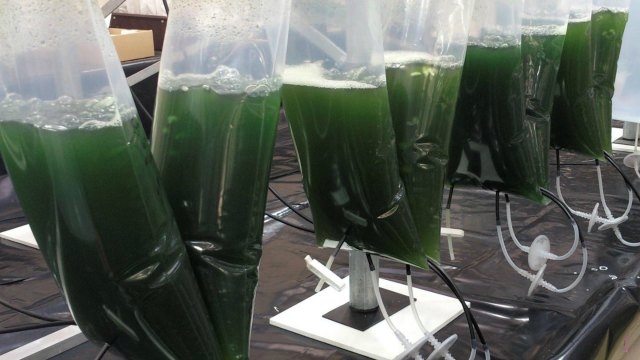
Modified Microalgae Converts Sunlight Into Valuable Medicine, Say Researchers
As we all know, sunlight or solar energy can be used in many ways – to create electricity, for growing plants, for cooking, etc. Likewise, microalgae, typically found in freshwater and marine systems, are capable of performing photosynthesis and are important for life on earth. Now, the scientists at the University of Copenhagen in Denmark have found a way to convert sunlight into medicine. They have modified microalgae genetically to allow them to transform sunlight into everything ranging from chemotherapy or bioplastics to valuable flavour and fragrance compounds.
“Our study shows that it is possible to optimise the enzymatic processes in the cells using only sunlight, water, and carbon dioxide (CO2) by growing them in transparent plastic bags in a greenhouse,” said Thiyagarajan Gnanasekaran, a post-doctoral researcher at University of Copenhagen.

According to the research team working on this project, including one of Indian origin, hacking into the microalgae’s photosynthetic system is now possible. The hack takes a portion of the energy produced by the microalgae from their photosynthetic systems and redirects it to a genetically modified part of the cell, capable of producing various complex chemical materials. As the algae harness sunlight for energy, they can use it for the biosynthesis of the compounds.
However, the team noted that the microalgae use much of the harnessed sunlight to keep their own metabolic processes running. “It is difficult to produce large quantities of the desired compounds in microalgae because they have to use a large amount of the produced energy for themselves since they are fully photosynthetic organisms,” Gnanasekaran said.
The method can be run sustainably and may also pave the way for an efficient, inexpensive and environmentally friendly process for producing a variety of chemicals, such as pharmaceutical compounds, which can be used in drugs for deadly diseases like cancer.
The findings are detailed in the journal Metabolic Engineering.